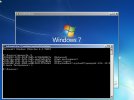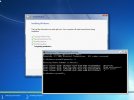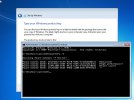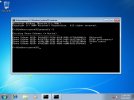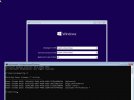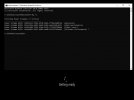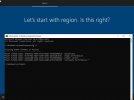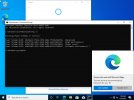Hello, a bit of a head scratcher here. I am trying to edit the boot.wim we use for our WDS server so that the power plan is set to High Performance. In all of the guides online for this assume you are using MDT to create a task sequence manually, but from what I can see this doesnt apply to the way we use it with WDS. I just load the default boot.wim file from an ISO to boot. In this case, how would I edit the power plan? I tried to modify the setupcomplete.cmd in the mount folder when I had winpe mounted, but this does not seem to work. It appears that upon importing to WDS it changes the boot.wim somewhat as there is no longer a windows/setup/scripts folder.
Just wondering if there is a simpler way to do this I'm not aware of.
Just wondering if there is a simpler way to do this I'm not aware of.

